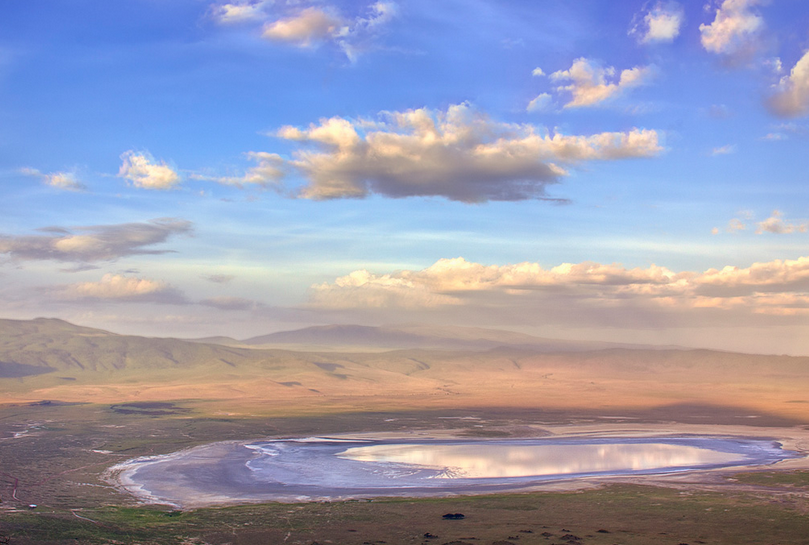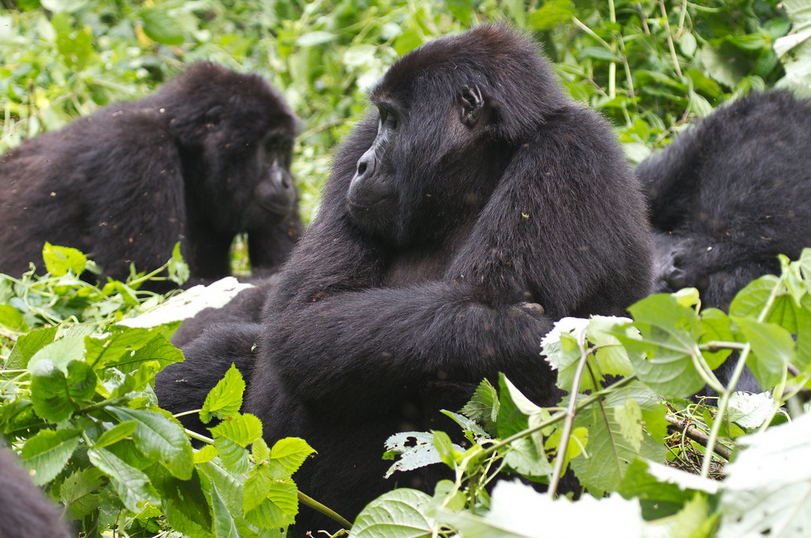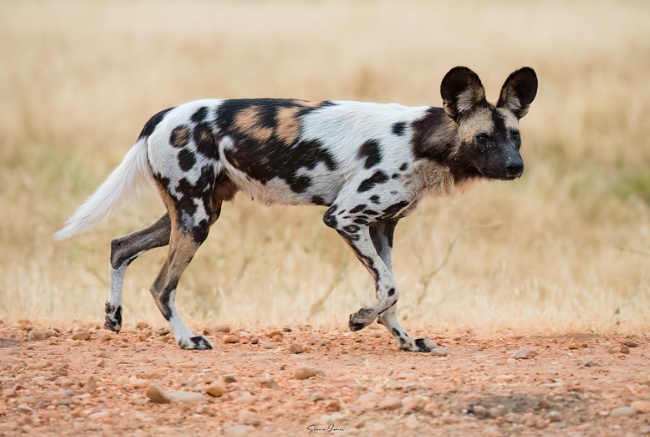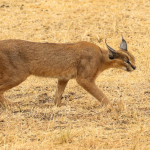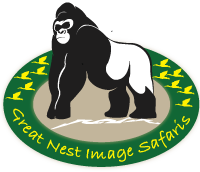Ngorongoro Crater Lake Tanzania
Ngorongoro Crater Lake Tanzania : is a large caldera of a volcano that collapsed about three million years ago. It was named by the Maasai after the sound made by a cowbell “Ngoro Ngoro”. In fact, it is the largest caldera in the world that is unfilled and inactive. It is part of a larger protected area and a world heritage site Ngorongoro Conservational Area. Located west of Arusha in the crater highlands of Tanzania which was established in 1959. The crater has approximately 6,000 wildebeests, 25,000 large mammals, 70 lions and 16 highly endangered black rhinos. Surely, these roam around in this crater including all the big fives along with other animals. These include; cheetahs, hyenas, warthogs, zebras, serval cats, jackals, among others. There are no giraffes in the crater but rather they dwell outside the crater.
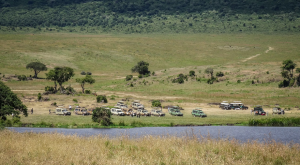
Attractions at Ngorongoro crater lake
Attractions at Ngorongoro Crater Lake are widely dispersed across, inside and around the conservation area. Ngorongoro conservation area is part of the Serengeti National park that hosts a number of wildlife. especially the wildebeest whose migration occurs in the southern Serengeti National Park and on the Northern Ngorongoro Ndutu area. The attractions also crosses the conservations and extend to the olduvai George where the remains of early man were discovered. Below are some of the key attractions in the Ngorongoro Crater Lake area.
Ngorongoro crater
This is basically one of the unique and must see attractions in the Ngorongoro conservation area with its beautiful sceneries of the largest caldera. Here, the guests always have a mesmerizing view of the crater at the crater viewing point. In fact, it is a few kilometers from the main gate before walking down to the crater. As a matter of fact, it gives you a spectacular view of the crater watching the wildlife at the top views.
Bird watching
Birds are one of the firm and greatest attractions in Ngorongoro with both resident and migratory birds from Europe and Asia. Birds here include; the European swallows, European rollers, harriers, lapwings, etc that come for breeding in the rainy season. Additionally, it is a breeding ground to thousands of water birds like the ducks, herons, waders and flamingos. It also hosts other big birds like the ostriches, secretary birds, eagles and many more.
Laetoli
This is generally located in the southern part of Olduvai Gorge deep in the remote areas. It is renowned for its footprints remains which are not clearly known on how they came into existence.
Olduvai museum
It is a small museum located at the edge of Olduvai Gorge with the highest correlation of archaeological sites in the entire world. These were basically discovered by Dr Louis Leaky in 1959. In fact, this is where the remains of the early man were discovered. In that case, one can visit this place on his or her trip from Serengeti or to Ngorongoro.
Wildlife
Ngorongoro crater is a home to both big and small animals that are easily spotted in the short grasses especially during the game drives. It is enriched with wildlife, hosting over 30,000 animals like the zebras, warthogs, jackals, serval cats and much more. The crater is also a home of the big five and these are the elephants, lions, Buffalos and the rare black rhinos though the leopards are rare and hardly spotted.

